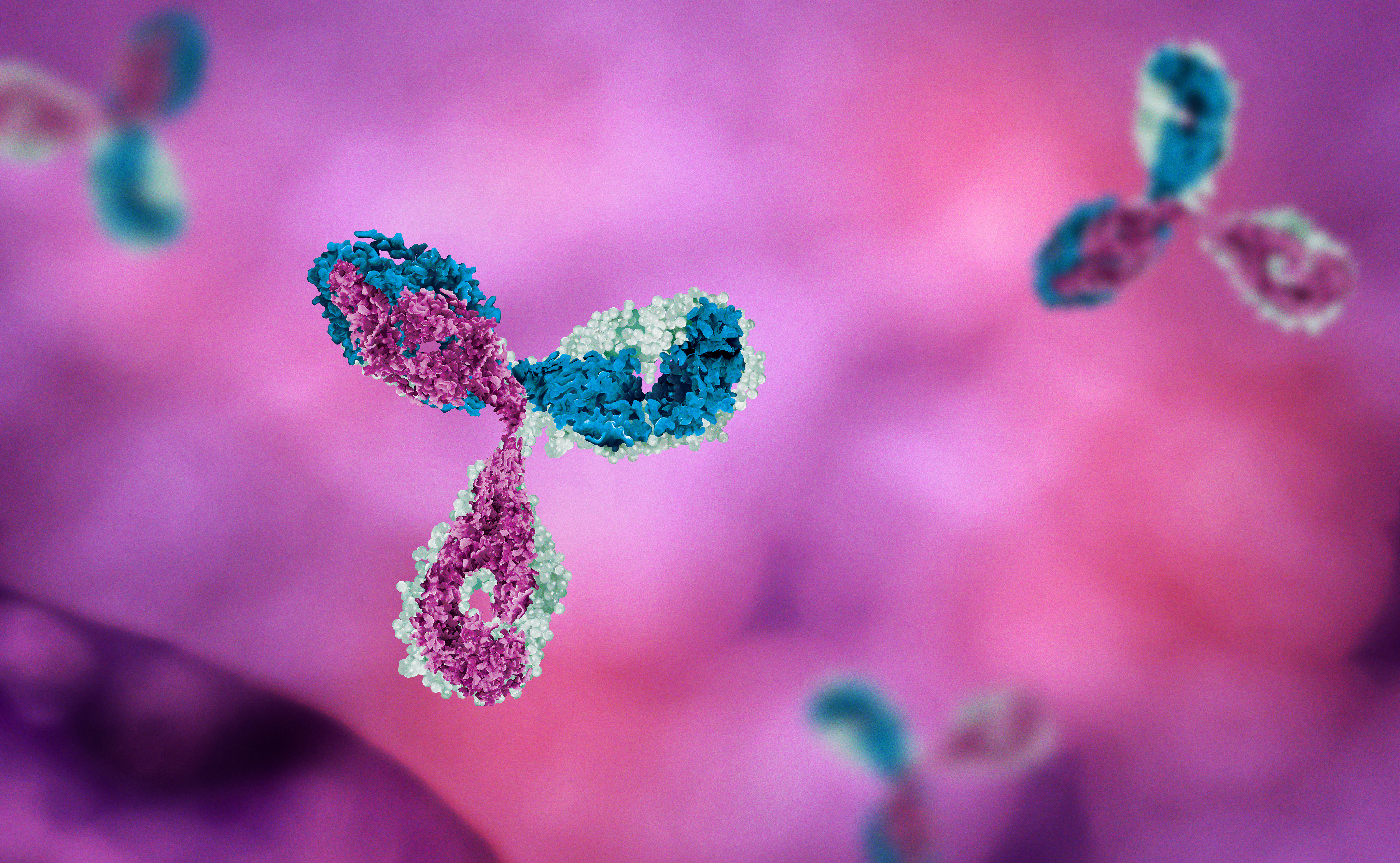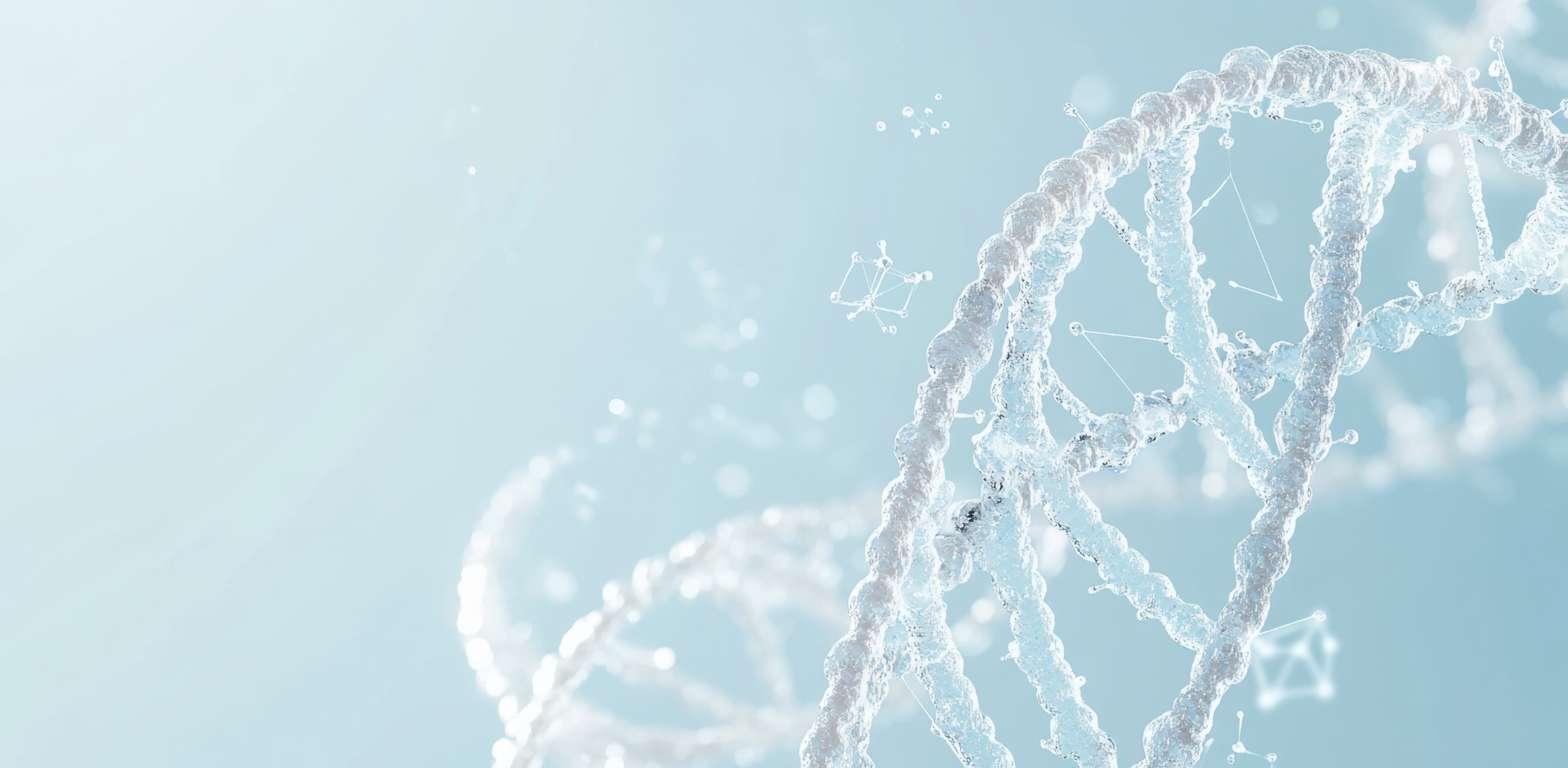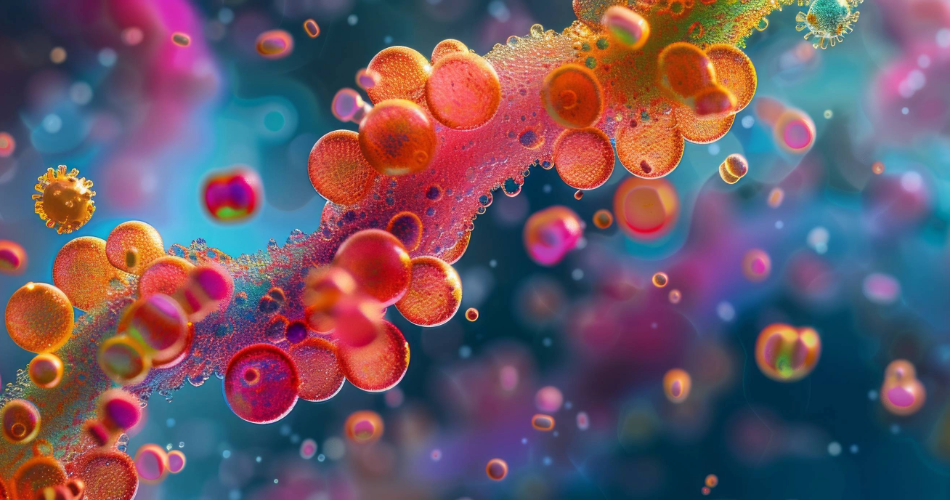
Antibody-drug conjugates (ADCs) are big business. Big pharma is moving in, snapping up companies or licensing their technology; Pfizer, Merck and Johnson & Johnson are among those to have struck billion-dollar deals in the ADC space.
And, with the global market in the cancer drugs topping $10bn for the first time last year – and forecast to reach almost $30bn by 2028 – it is little wonder that analysts have described ADCs as the ‘hottest real estate in oncology’. Forward spoke to Patrick van Berkel, Chief Scientific Officer of biotech ADC Therapeutics, on why there is such excitement around the ADC modality.
Forward: features are independent pieces written for Mewburn Ellis discussing and celebrating the best of innovation and exploration from the scientific and entrepreneurial worlds.
Sometimes described as ‘smart chemo’ or ‘biological missiles’, ADCs deliver chemotherapy direct to cancers, reducing damage to healthy tissue and, therefore, side-effects for patients. Zeroing in on the cancer in this way means that patients can be given drugs a hundred – or even a thousand – times more powerful than those used in traditional chemotherapy. As a result, cancers that were beyond treatment have become treatable.
As of October 2023, 15 ADCs have been approved in the US and over 100 more are in clinical trials. One of those is Zynlonta, ADC Therapeutics’ flagship product, approved by both the Food and Drug Administration (FDA) and European Medicines Agency (EMA) to treat certain types of large B-cell lymphoma when other treatments haven’t worked or have stopped working.
In trials, almost half of such patients responded to Zynlonta – and almost a quarter showed a complete response, meaning all signs of their disease disappeared.
So what is Zynlonta and how does it work? Zynlonta, like other ADCs, consists of a monoclonal antibody that is chemically linked to a ‘warhead’ – a highly toxic drug. The antibody hunts out cancer cells that over-express a particular antigen on their surface; CD19, in the case of Zynlonta.
The ADC is then taken in by the cell, the link is broken and the warhead is released, to kill the cancer from within.
Zynlonta’s warhead is a pyrrolobenzodiazepine (PBD) dimer DNA-alkylating agent. This binds to both strands of the cancer cell’s DNA, preventing it from dividing and eventually leading to its death.
Some other ADC warheads also kill by damaging the DNA. However, those other warheads typically only create nicks or breaks in the DNA that are easily seen by the cell’s DNA repair machinery. This ‘repairability’ can lead to the cancer developing resistance to the warhead, explains van Berkel.
PBD warheads, however, nestle in the DNA in such a way that they are undetectable to the repair machinery. This ‘stealthy’ DNA damage allows PBDs to kill cancers that have resisted other treatments.
‘If you look at a crystallographic structure of a DNA strand with a PBD in it, it’s really buried – nothing sticks out – which makes it more effective,’ explains van Berkel.
Piecing together an ADC
The concept of using an antibody to take a drug directly to the cancer, reducing damage to healthy tissues, may be simple enough, but designing and making ADCs is highly complex.
An antibody can be partnered with different linkers and warheads, which opens up a multitude of mix-and-match options.
How did ADC Therapeutics narrow down the possibilities when creating Zynlonta after it spun out from Spirogen in 2011? How was the antibody chosen, for example?
‘The antibody was the least of our worries,’ explains van Berkel. Some CD19 antibodies were already in use therapeutically, meaning there was a lot of data available on them. They had also come off patent, so ADC Therapeutics looked at these before choosing the antibody that would guide its warhead to the cancer.
This freed up the company to focus on the specifics of the PBD warhead and linker, along with how to attach the linker to the antibody.
‘The options were much more limited than they are today, so this was also a relatively simple choice,’ says van Berkel.
There were a number of different PBD warheads and linkers being developed at that time. Spirogen ‘had created this great panel of different PBD configurations, different linkers, different PBD structures, all with their own unique properties in terms of potency and hydrophobicity,’ says van Berkel. ‘We got access to those and could use them in screening to get the best candidates.’
Without IP, you don’t have a business
Mewburn Ellis’s involvement with Zynlonta spans more than a quarter of a century, beginning in 1998, when it advised Spirogen on the PBD drugs and the linkers that would eventually form part of Zynlonta.
ADC Therapeutics retained the law firm to work on its intellectual property (IP) when it spun out from Spirogen, and Mewburn Ellis went on to support the company through its US stock market flotation and subsequent launch of Zynlonta.
Van Berkel says: ‘In the early days, especially when you are building up a business like this, you’re too small to have your own IP lawyers because you only have a handful of patents or even not any patents at all, so being able to rely on a partner like Mewburn is critical.
‘In the end, everybody understands that the value of your company is in the intellectual property. Without IP, you have no business.
‘I think Mewburn was so good because they had a history of medicinal chemistry. They also had a lot of experience around biologicals and these two things together, of course, make an ADC.
‘You need experienced people internally to manage everything for your own company but the same applies to the IP lawyers on the other side. If they don’t know what we are doing, then it will be difficult.’
As the company and the number of patents grew, ADC Therapeutics appointed its own head of IP, but Mewburn Ellis continues to provide advice and the relationship is still ‘very fruitful’.
The Enhertu effect
Much of the current buzz around ADCs is being driven by the success of ADCs carrying warheads that inhibit topoisomerase I, or topo I, an enzyme that is essential for DNA replication.
The ‘stellar’ results of Enhertu, in which Herceptin, a monoclonal antibody long used as a standalone treatment for cancers that make high levels of a protein called HER2 (HER2-positive cancers), is linked to a topo I inhibitor, has fuelled a lot of the interest in ADCs, says van Berkel.
Enhertu was first approved for hard-to-treat HER2-positive breast cancers. Then, when trials showed it was also effective against breast cancers that made low amounts of HER2, it was approved to treat them, too.
Most recently, Enhertu, from AstraZeneca and Daiichi Sankyo, was given the go-ahead to treat any advanced solid cancer that produces high levels of the HER2 protein, making it the first ADC to be used in a ‘cancer agnostic’ manner.
Already the biggest-selling ADC, Enhertu is forecast to generate sales of $9bn by 2028 – almost a third of the total for the sector.
Enhertu ‘has completely changed the idea about how to use ADCs and what the possibilities with ADCs are’, says van Berkel. ADC Therapeutics is among the companies that are now developing topo I inhibitor-based ADCs.
Future possibilities include ADCs that carry two drugs, rather than one, as well as ADCs that are loaded with novel warheads.
Companies are also looking at how to improve the delivery of the drug to the cancer. Options here include using antibodies that target more than one antigen, as well as antibodies that attach to two different parts of the same antigen.
Another possibility is the creation of linkers that only break inside cancer cells and not in healthy tissue, and so only release the drug where it is needed – early release can cause side-effects.
Scientists are also exploring delivering radiotherapy directly to cancers, by linking antibodies to radioisotopes.
These, along with other types of targeted, patient-friendly cancer therapies, will mean there is less and less need to give patients traditional chemotherapy, says van Berkel.
As for his advice for companies that just are starting to develop ADCs, it is to collect as much data as possible. ‘ADC development is difficult,’ he says. ‘It is hard to predict and so you have to collect the data that will help you make decisions.’
Young companies must also ensure they have the right leadership team in place. ‘This business is too complicated to rely on people who have to learn on the job,’ says van Berkel.
‘At the same time as you are building up a technology, you are building up a company, you are building a product portfolio, you have to take care of financing, IP needs to be taken care of, there are regulatory questions that you need to address.
‘There are so many things apart from the science that need to be managed and that can only be done by a team of experienced people. They will then build their own teams of people – but it starts at the top.’
Transforming cancer treatment
Robert Andrews, Partner and Patent Attorney at Mewburn Ellis, comments:
"The rapid growth of ADCs as a therapeutic modality is transforming cancer treatment, offering targeted drug delivery with improved efficacy and reduced side effects. As the ADC market expands, it presents huge opportunities for innovation, with scores of new companies pushing forward development in every part of the ADC molecule: antibody, linkers, warheads, and conjugation chemistry. The complexity of ADC development and the competitive landscape underscores the critical importance of experienced teams in translating the potential of a new idea into commercial success. Intellectual property (IP) strategy is a case in point, with seasoned, cross-disciplinary attorney teams enabling innovators to realise the full value of their inventions.”
Written by Fiona MacRae
Robert is our Chief Inclusion & Diversity Officer and is responsible for leading the firm’s Inclusion & Diversity strategy and ensuring this remains a key focus for the firm. Robert is also a patent attorney and the majority of Robert’s work is in the biopharma sector, principally with companies undertaking drug discovery and development. He advises on all stages of a medicine’s lifecycle, from initial discovery through clinical trials to regulatory approval. Working closely with in-house IP teams and scientists, he has extensive experience of drafting and prosecution, global portfolio management and invention capture. He also helps clients negotiate IP agreements and performs due diligence.
Email: robert.andrews@mewburn.com
Sign up to our newsletter: Forward - news, insights and features
Our people
Our IP specialists work at all stage of the IP life cycle and provide strategic advice about patent, trade mark and registered designs, as well as any IP-related disputes and legal and commercial requirements.
Our peopleContact Us
We have an easily-accessible office in central London, as well as a number of regional offices throughout the UK and an office in Munich, Germany. We’d love to hear from you, so please get in touch.
Get in touch

